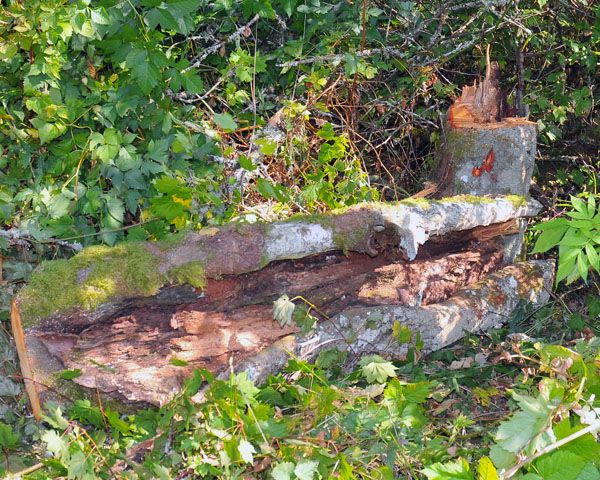Denis Gionet
ArboristSite Operative
Hello,
Long time lurker, first time poster. I did not know if i should put this in the dropping dead stuff thread or the Cottonwood ditch thread. I have 6 dead Cottonwoods to drop. Most of the tops are gone as well as the smaller branches. Cottonwood seems to drop branches if a star shines on them funny. 5 of them are still attached to the ground. I have one leaner that is caught up in an adjacent Cottonwood. Thought i might post a few pics for you.
Thank you for all of the help, experience and reading over the years. This is a great resource.
Regards,
rampaging-sloth
View attachment 254353View attachment 254354View attachment 254355
Yeah, there's a couple of real ugly ones in there, that I wouldn't even look at without 150 feet of HD winch on a truck. Like Dominoes ready to squash you like a bug. If you tackle those standing corpses, don't become one yourself. Bring someone with experience, REAL experience, to help you on that job.
Her's an ugly Tamerack that collasped when we put the saw to it...Got away wth it...Lucky
View attachment 254380View attachment 254381
I give up, I tried to put pictures in post....no joy...
How much saw did you get into it ? It looks like you leaned the bar against the trunk and it blew up on you !
"He who fights, and runs away, lives to fight another day..."
Hahahahahahahaha!!! I'm just glad most of the junk I deal with, ain't that vertical!!!
I knew I had heard that expression before.... never thought of applying it to tree felling though !!!





